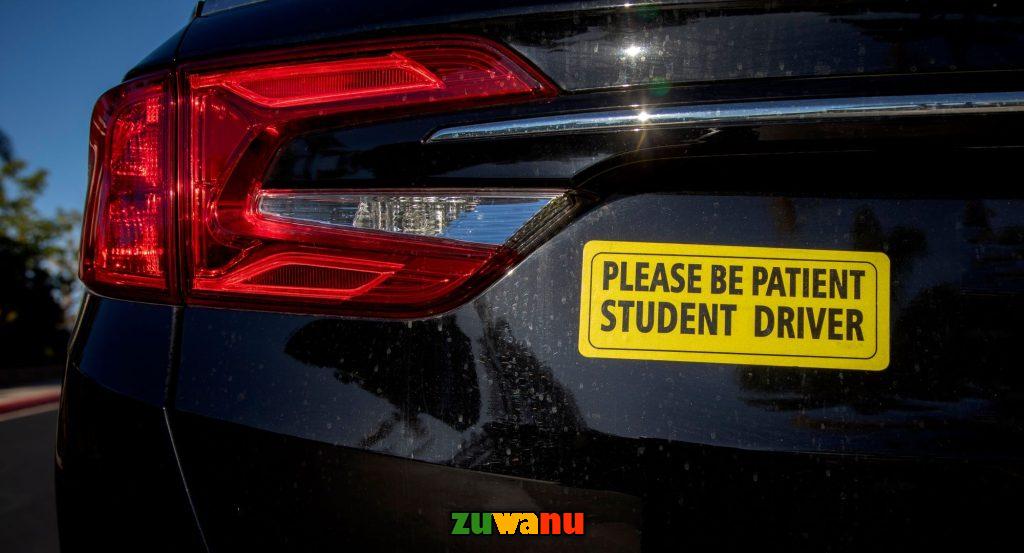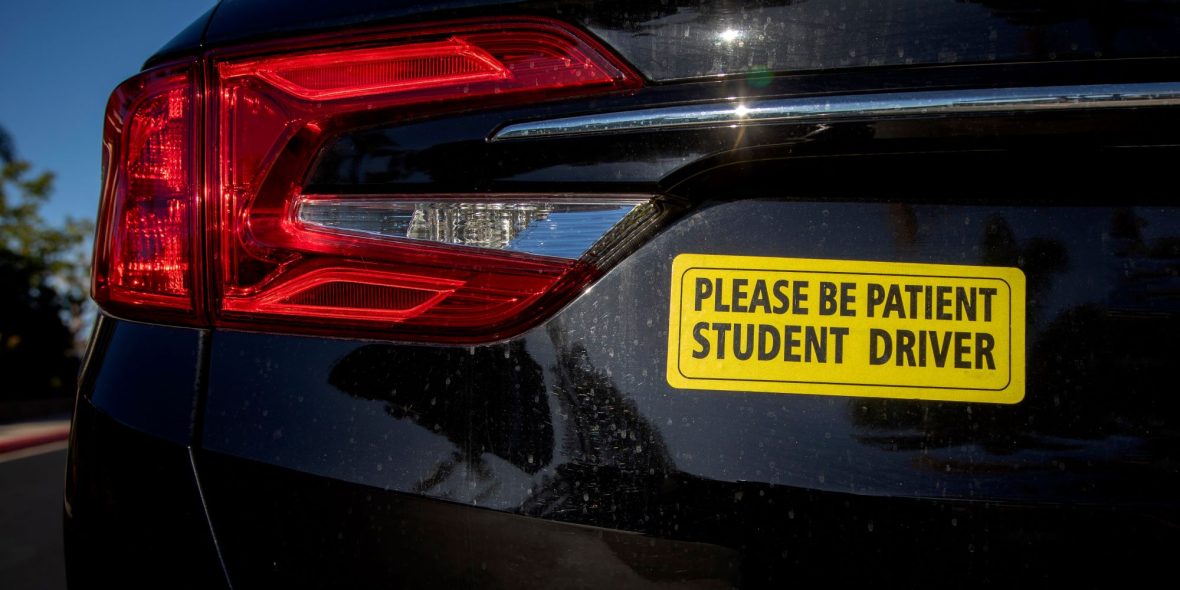10 Driving Mistakes That May Put You in Danger

Introduction: 10 Driving Mistakes
Driving is a complex and dynamic activity that requires attention, skill, and responsibility. While most individuals take driving for granted as a routine part of their daily lives, it’s important to recognize that mistakes made on the road can have severe consequences. From minor fender benders to life-threatening accidents, the potential dangers are always present. In this article, we will explore 10 driving mistakes that, if not addressed, may put you and others in significant danger.
Differences Between Smart Keys and Keyless Entry Systems: everything you should know
- Distracted Driving
Perhaps one of the most prevalent and dangerous mistakes on the road today is distracted driving. With the widespread use of smartphones, in-car entertainment systems, and other electronic devices, drivers often find themselves dividing their attention between the road and their gadgets. This diversion significantly increases the risk of accidents.
Texting while driving is a particularly alarming form of distraction. The National Highway Traffic Safety Administration (NHTSA) reports that sending or reading a text takes a driver’s eyes off the road for an average of 5 seconds – enough time to cover the length of a football field at 55 mph. To combat distracted driving, it is essential to prioritize focus on the road and use electronic devices only when the vehicle is safely parked.
- Speeding
Excessive speed is a common factor in many traffic accidents. Speed limits are established to ensure safe driving conditions for both drivers and pedestrians. Ignoring these limits can lead to a loss of control, reduced reaction time, and increased severity of collisions. It’s crucial to recognize the posted speed limits and adjust your speed based on road conditions, weather, and traffic.
Moreover, speeding contributes to higher energy forces during a collision, making injuries more severe. To avoid the dangers associated with speeding, drivers should adhere to posted speed limits, drive at speeds appropriate for road conditions, and resist the urge to exceed speed limits.
- Aggressive Driving
Aggressive driving encompasses a range of dangerous behaviors, including tailgating, weaving in and out of traffic, and road rage. Such behavior not only puts the aggressive driver at risk but also endangers everyone else on the road. Tailgating, for example, reduces the time available to react to sudden changes in traffic, increasing the likelihood of rear-end collisions.
Road rage incidents, where drivers let their emotions take control, can escalate into dangerous confrontations. To prevent aggressive driving, it is essential to practice patience, stay calm in challenging situations, and avoid engaging with aggressive drivers.
- Running Red Lights and Stop Signs
Disregarding traffic signals is a severe violation that can lead to catastrophic consequences. Running red lights or stop signs puts drivers, pedestrians, and other motorists at risk of collisions. Intersection accidents are often particularly dangerous due to the potential for side-impact collisions, which can result in serious injuries.
To avoid this mistake, it’s crucial to always obey traffic signals and stop signs. Take the time to check for oncoming traffic before proceeding through intersections, even if the light is green. Defensive driving is essential to anticipate and react to the actions of other drivers who may not be following traffic signals.
- Driving Under the Influence
Driving under the influence of alcohol or drugs is a leading cause of traffic accidents and fatalities. Impaired drivers experience reduced coordination, slower reaction times, and impaired judgment, all of which increase the risk of accidents. Alcohol, even in small amounts, can impair cognitive function and impair driving abilities.
To avoid the dangers of driving under the influence, it’s imperative to designate a sober driver, use public transportation, or utilize rideshare services when alcohol or drugs have been consumed. Responsible decision-making is crucial to ensuring the safety of oneself and others on the road.
- Ignoring Traffic Signs and Signals
Traffic signs and signals are essential components of a well-organized and safe road system. Ignoring these indicators can lead to confusion, collisions, and hazardous situations. Whether it’s failing to yield the right of way, ignoring yield signs, or neglecting the guidance of traffic lights, disregarding these signals can have severe consequences.
To mitigate this mistake, drivers must remain attentive to traffic signs and signals at all times. Proper knowledge of road rules and adherence to traffic regulations are vital to prevent accidents and maintain a smooth flow of traffic.
- Failing to Use Seatbelts
Wearing seatbelts is one of the simplest yet most effective ways to protect oneself in the event of a collision. Failing to use seatbelts significantly increases the risk of injury or death in an accident. According to the Centers for Disease Control and Prevention (CDC), seatbelt use reduces the risk of death and serious injury by approximately 50%.
To ensure safety on the road, drivers and passengers must make it a habit to buckle up before driving. In many places, not wearing a seatbelt is a punishable offense, highlighting the importance of this simple safety measure.
- Poor Lane Discipline
Maintaining proper lane discipline is crucial for preventing collisions and ensuring a smooth flow of traffic. Poor lane discipline includes behaviors such as drifting between lanes, frequent lane changes without signaling, and straddling multiple lanes. Such actions create confusion for other drivers and increase the likelihood of accidents.
To address this mistake, drivers should stay within their designated lanes, use turn signals when changing lanes, and avoid unnecessary weaving between vehicles. Consistent and predictable lane behavior enhances overall road safety.
- Neglecting Vehicle Maintenance
A well-maintained vehicle is essential for safe driving. Neglecting routine maintenance can lead to mechanical failures, breakdowns, and accidents. Common issues such as worn-out brakes, tire blowouts, and engine malfunctions can compromise vehicle safety.
Regular maintenance checks, including brake inspections, tire rotations, and fluid level assessments, are crucial to identifying and addressing potential problems before they escalate. Drivers should adhere to the manufacturer’s recommended maintenance schedule to keep their vehicles in optimal condition.
- Fatigue and Drowsy Driving
Fatigue significantly impairs a driver’s ability to stay alert and make sound decisions. Drowsy driving is a major contributor to accidents, especially during late-night or early-morning hours. Fatigue slows reaction times, impairs judgment, and increases the risk of falling asleep at the wheel.
To combat fatigue, drivers should prioritize getting an adequate amount of sleep before embarking on long journeys. Taking regular breaks during extended drives, sharing driving responsibilities, and recognizing the signs of drowsiness are essential for preventing accidents associated with fatigue.
Conclusion
Driving is a privilege that comes with significant responsibilities. The mistakes outlined in this article are not only common but also pose serious dangers to everyone on the road. By recognizing these mistakes and taking proactive measures to address them, drivers can contribute to creating safer roadways for themselves and others. Safe driving practices, adherence to traffic laws, and a commitment to responsible behavior behind the wheel are essential components of a secure and efficient transportation system. Remember, the choices made while driving can have lasting consequences, so it’s crucial to prioritize safety above all else on the road.

